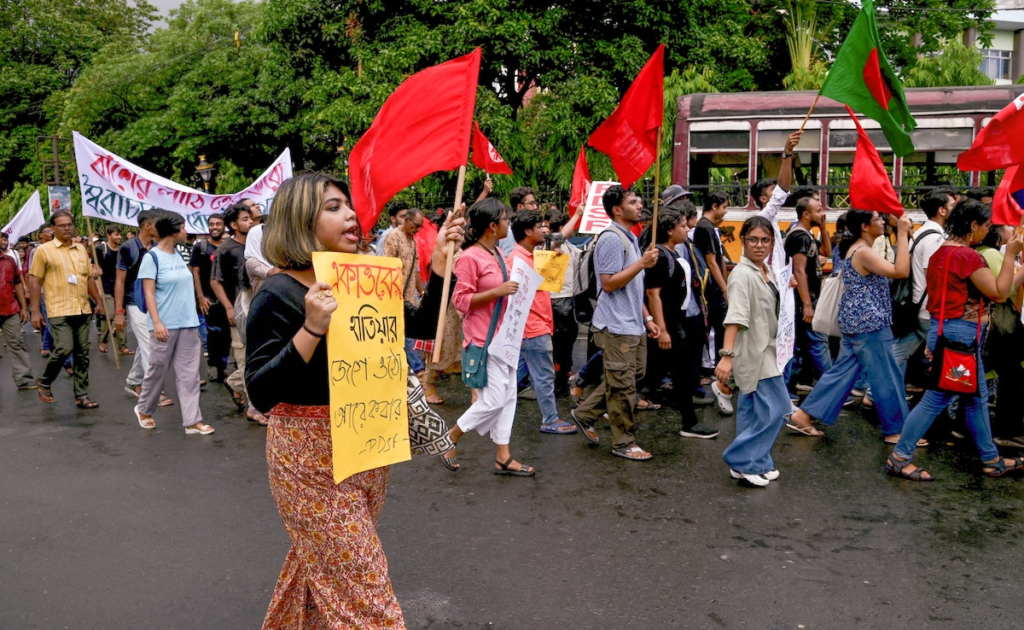Bangladesh Protests: Violence has erupted all over Bangladesh at this time. The reason for this is the ongoing protest against reservation there. The matter has turned violent after anti-quota student protesters in Bangladesh, who have been going on for the last two weeks, were attacked by groups associated with the ruling party in the capital Dhaka. More than 100 people have died and thousands have been injured during attacks on protesters against the government job quota system amid rising unemployment in Bangladesh. The protest started on July 1. When the High Court restored the job quota. Which reserves one-third of the civil service posts for the children of fighters who participated in the country’s liberation movement in 1971.
1- What triggered the recent protests?
On June 5, the High Court ordered the restoration of the 30 percent quota for children of freedom fighters, declaring the abolition of the quota in 2018 illegal. Awami League Prime Minister Sheikh Hasina had abolished the quota system after massive protests. Dhaka University students blocked major intersections and police checkpoints at Shahbagh, a popular square in Dhaka. The student-led blockade at Shahbagh Square continued for several days.
2- What is the quota system in Bangladesh?
In 1972, the country’s founding father Sheikh Mujibur Rahman introduced the quota system, which provided reservations in government jobs for the children and grandchildren of people who fought for independence from Pakistan in 1971. Under the system, 44 percent of Class I and Class II government jobs are based on merit. The remaining 56 percent are reserved for specific communities:
– 30 per cent for children and grandchildren of freedom fighters
– 10 per cent for women
– 10 per cent district quota for backward districts
– 5 per cent for ethnic minorities
– 1 per cent for physically handicapped people

3- What do the anti-quota protesters want?
Anti-quota protesters are demanding the abolition of the 30 percent quota for children of freedom fighters. They support reserving jobs for ethnic minorities and people with disabilities. However, many people say that our protest is not against the quota system. Rather, we want the percentage of reserved jobs to be reduced.
4- How has the government responded?
The government has deployed riot police, which fired tear gas shells and lathicharged during violent clashes between protesters and a pro-government student group. Paramilitary forces have also been deployed in several districts amid rising tensions.
On Thursday, student protesters at the public Comilla University southeast of Dhaka clashed with police, who opened fire, local media reported. Ruling party leaders and ministers have tried to portray the protesters as anti-national and against the government, as Hasina, who has been in power since 2009, called them ‘Razakars’. In Bangladesh, Razakars is a derogatory term that means people who betrayed Bangladesh by collaborating with Pakistan in the 1971 war.
5- Why is there so much resentment among reservation opponents towards freedom fighters?
Many raise the question that if the grandchildren of freedom fighters do not get quota benefits, should the grandchildren of Razakars get the benefits? In response, protesters chanted the slogan “Who are you? Who am I? Razakars, Razakars” during a protest at Dhaka University. A student leader said that this slogan was chosen by the students in response to the government’s efforts to discredit their movement. Many are also criticizing the government’s response. They say that it was eager to suppress the protests and found a convenient excuse to do so in the name of Razakars.

